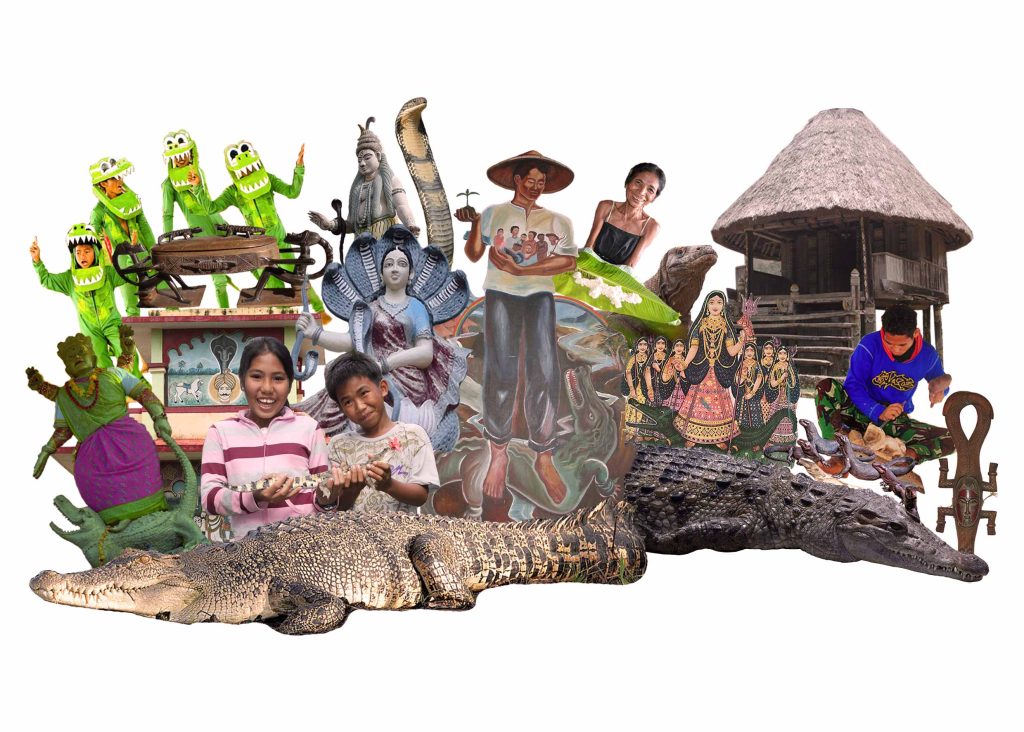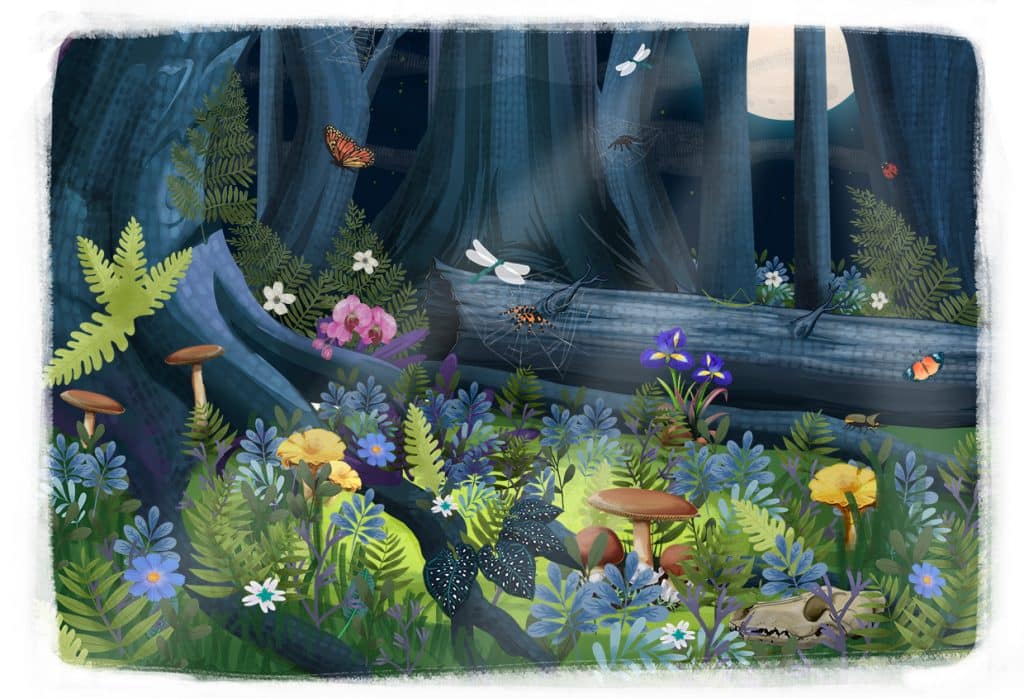It is now widely recognised that conservation is as much about people as it is about the rest of life on Earth. Writing earlier this year, Inger Andersen, Executive Secretary of the UN Environment Program, said: “The conservation of biological diversity is, at heart, a social issue, cutting across the political, economic, social, and cultural spheres of human life.” If conservation is a social issue, it follows that the social sciences can play a valuable role in helping us understand the dynamics of how humans interact with, and seek to conserve, non-human life. Indeed, the last few decades have seen the emergence and gradual coalescence of the new field of ‘conservation social science’. The quote from Andersen above is taken from the foreword to a new book by that name.
Bennet and colleagues, writing in 2017, identified multiple different ways in which the social sciences, ranging from economics to anthropology, can add value to conservation: for example, by helping us to diagnose the aspects that create challenges as well as contribute to successes, stimulating periodic reflection on how and why conservation occurs, assisting in the planning and management of current programmes and so on. In other words, the social sciences can provide a multidimensional understanding of conservation by serving different functions. Through these various contributions, social science can be ‘for’ conservation in support of its normative aims, but also ‘on’ conservation, helping to understand conservation practice (and practitioners) as a social phenomenon.
Until the end of the 20th century, social scientists working on and/or for conservation were few and far between. However, as the recognition of the need for conservation social science scholarship has grown, so too have the number of researchers taking up the challenge. Various specialist degree programmes have sprung up, and conservation organisations are increasingly looking to hire trained social scientists. As a result, there has been a recent wave of early career social science professionals studying conservation issues and often working to implement conservation practice.
Bringing together these two trends, this issue of Current Conservation seeks to highlight the important role of scholarship on the human dimensions of conservation, with a particular emphasis on showcasing the work of early career authors who are conducting critical social science research on conservation. The articles in the issue represent a wide range of different approaches to studying the social tensions and relations that influence conservation discourse and practice. However, they are united in their willingness to ask difficult questions and to engage with the political dimensions of conservation, rather than adopting the ‘apolitical’ stance usually found in scientific studies of biodiversity loss, protected area effectiveness and so on.
Opening the issue, Rogelio Luque Lora makes a fresh attempt to answer a fundamental question: What is conservation? His approach seeks to identify what distinguishes conservation from related concerns such as the welfare of individual animals, and how conservation is concerned with maintaining life forms over particular time scales. On the other hand, Diana Vela-Almeida and Teklehaymanot Weldemichel remind us of the well-established reservations about protectionism even as we mull over the newly agreed Convention on Biological Diversity 30×30 target. More fine-grained accounts are presented by the rest of our contributors: Revati Pandya describes why local women engage with tourism projects around the Corbett Tiger Reserve, which is one of the most well-known protected areas in India. While conservationists may believe (eco)tourism is all about saving the tiger, local women confess that their personal reasons vary from finding relief from wage labour to retaining connections to ancestral land and a desire to sidestep patriarchy. Ramya Ravi continues the theme of diverse perspectives within communities in her article on the Maldhari voices in the Banni—in reality they are not one but 21 pastoral communities! Different governance regimes operate simultaneously in this landscape and Ramya shares an overview of how the different sections of Maldharis negotiate for access and rights to resources. Next, Trishant Simlai and colleagues direct our attention to the difference between popular portrayals of forest guards as singular heroes or villains versus the social complexity and inequity such frontline workers themselves contend with as they labour to implement conservation policies.
Together these articles showcase how the social sciences deepen our conceptual and empirical understanding of what it means to engage in conservation. They remind us that as much as we speak about biological diversity, we need to remain conscious of social diversity along with all the richness and tensions that brings to the table.
Finally, and in contrast to the early career contributors, we hear the perspectives of Bill Adams, a founding father of political ecology research on conservation, captured in an interview by Hari Sridhar. As Bill observes, “The world remains a strange and complex place—wonderful, mismanaged, and unjust.[…]. You need to go well beyond ecological science, to learn how people think and how societies and institutions work, if you want to understand how nature is exploited, why conservation is needed, and why it succeeds and fails.” He goes on to build a thoughtful case for why we need to do political ecology in particular, although he admits, “it is a bit like Banksy’s art—we know what it is when we see it, but we don’t know who is doing it.”
We hope this special issue of Current Conservation gives readers a glimpse of some of the fresh voices in this field and their attempt to go beyond simplistic narratives of conservation.
Further Reading
Bennett, N. J., R. Roth, S. C. Klain., K. Chan, P. Christie, D. A. Clark, G. Cullman et al. 2017. Conservation social science: Understanding and integrating human dimensions to improve conservation. Biological conservation 205: 93–108. doi.org/10.1016/j.biocon.2016.10.006
Miller, D. C., I. R. Scales and M. B. Mascia. 2023. Conservation social science: Understanding people, conserving biodiversity. 1st edition. West Sussex, UK: Wiley.


